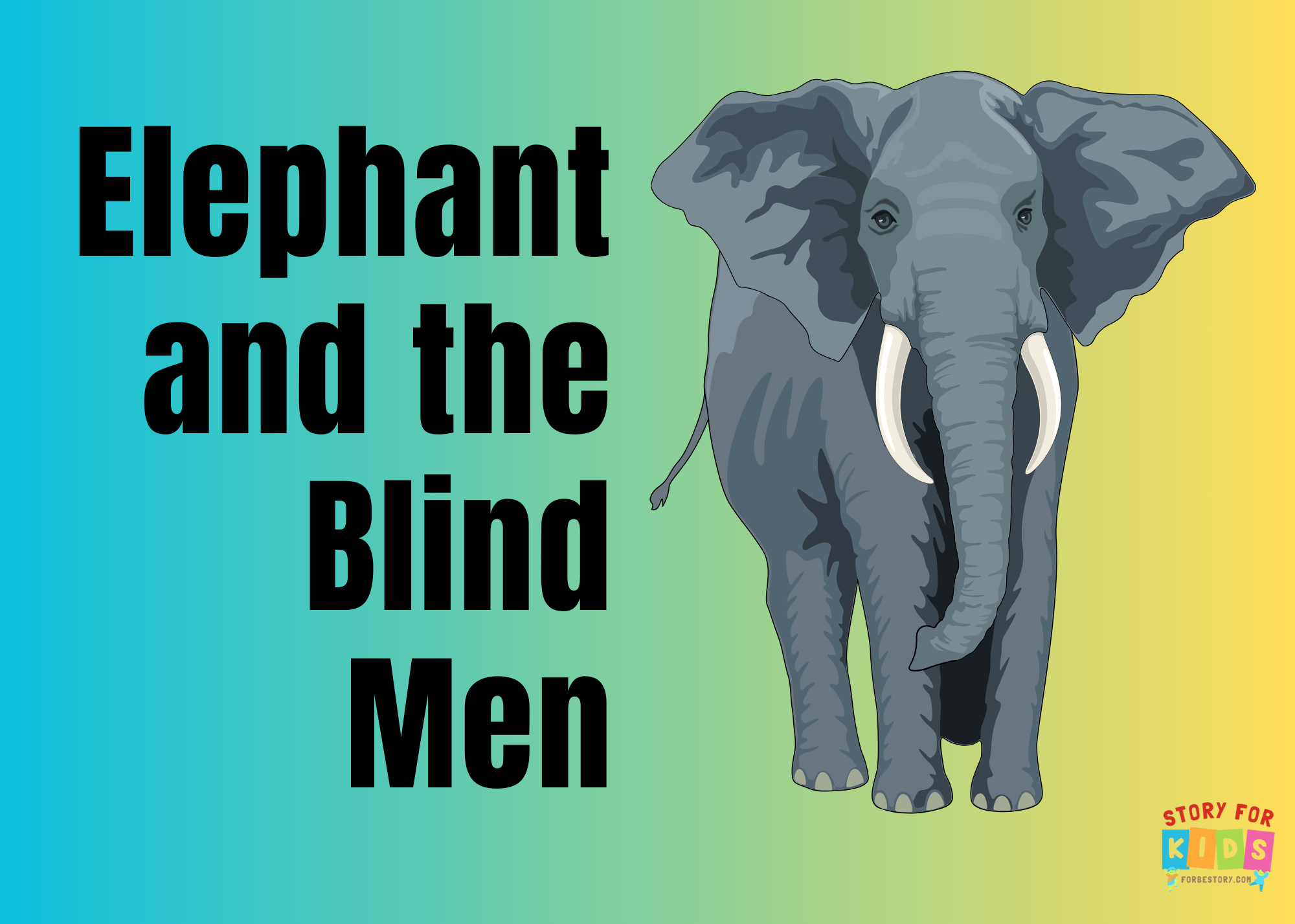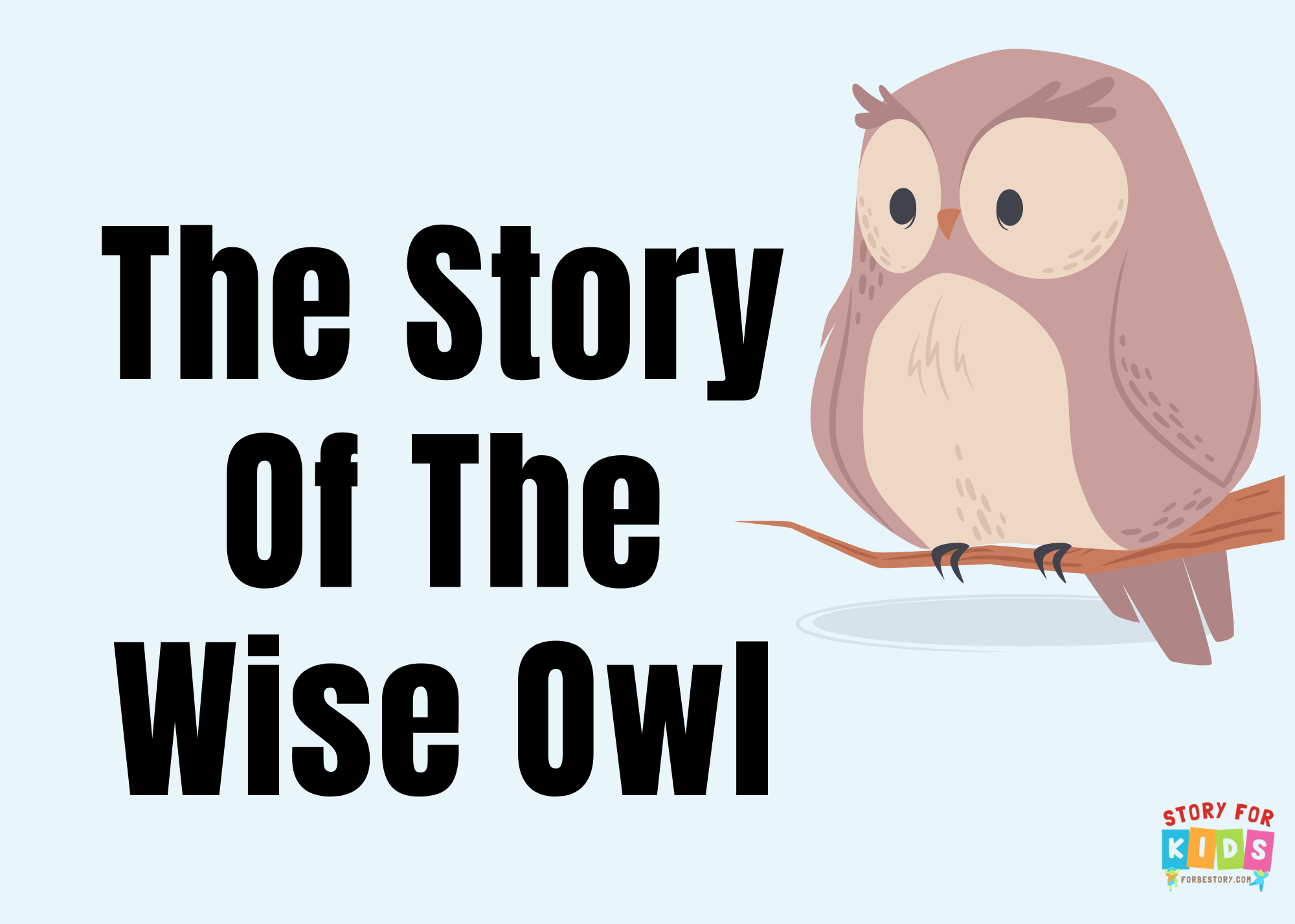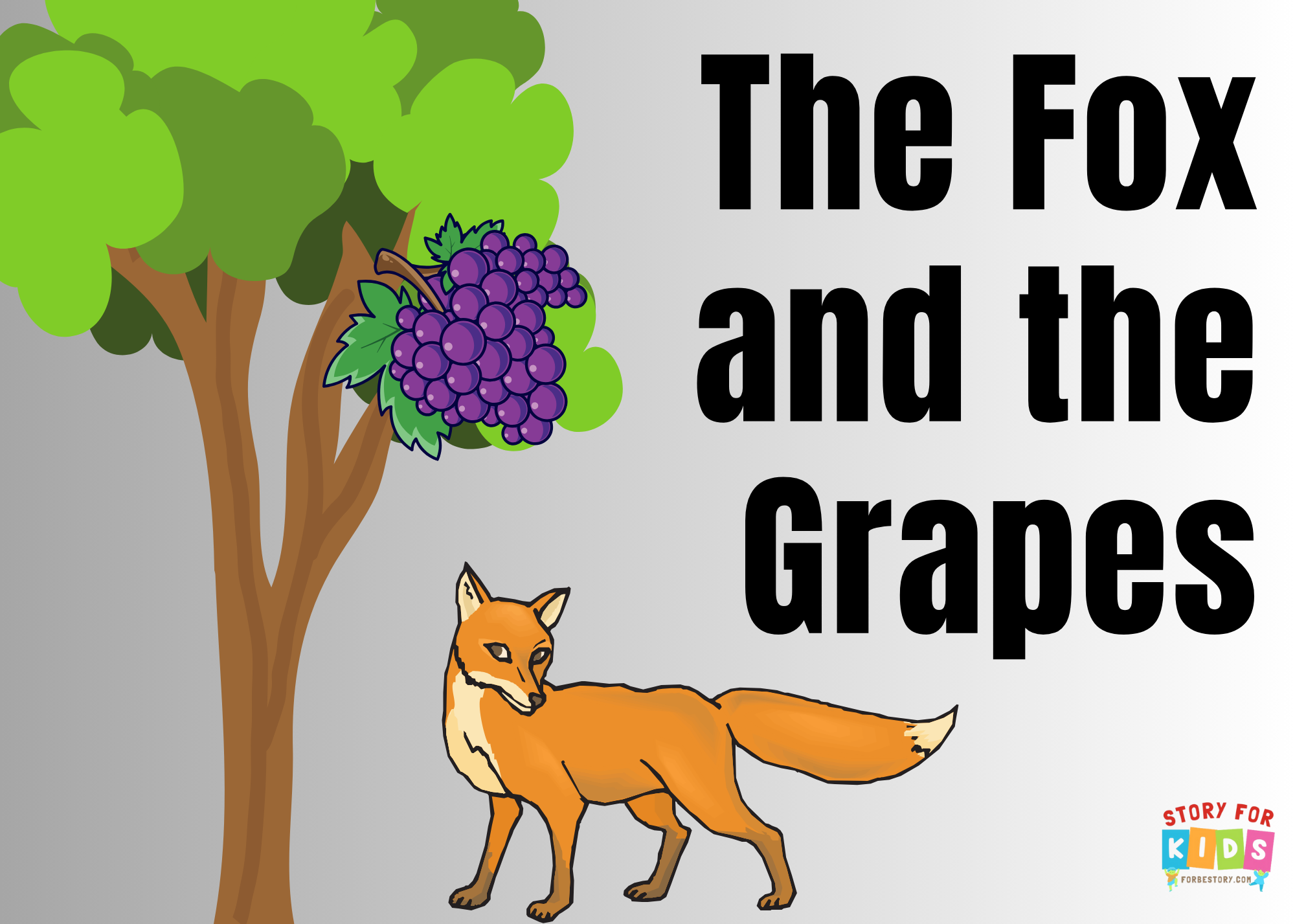Theme:
Elephant and the Blind Men explores the theme that how our individual perceptions (what Peter Senge calls our “mental models”) can lead to miscommunication and conflict.

The story of the Elephant and the Blind Men is a famous parable with roots in various cultural traditions, including Indian, Persian, and Buddhist literature. It is often used to illustrate the concept of subjective perception and the limits of individual perspective.
Summary:
In the story, a group of blind men encounters an elephant for the first time. Each man touches a different part of the elephant and describes what they perceive based on their limited experience:
- The first blind man touches the elephant’s trunk and believes the elephant is like a snake.
- The second touches the elephant’s ear and thinks the elephant is like a fan.
- The third feels the elephant’s leg and concludes that the elephant is like a tree trunk.
- The fourth touches the elephant’s side and describes it as a wall.
- The fifth feels the elephant’s tail and thinks the elephant is like a rope.
- The sixth touches the elephant’s tusk and believes the elephant is like a spear.
Each blind man argues passionately about his own description, believing it to be the complete truth, while failing to recognize that each perspective is partial.
Moral:
The moral of the story is “Everyone sees a part of the truth but not the whole.” It teaches that individual perspectives are limited and that understanding the full picture often requires combining different viewpoints.
Key Themes:
- Subjective Perception: The story highlights how different perspectives can lead to different interpretations of the same reality. Each blind man’s experience is limited to the part of the elephant he touches.
- Limits of Individual Experience: It underscores that no single viewpoint can claim to represent the whole truth, emphasizing the value of integrating diverse perspectives.
- Communication and Understanding: The story suggests the importance of dialogue and cooperation to achieve a more comprehensive understanding of complex issues.
The parable serves as a metaphor for the importance of acknowledging and considering multiple perspectives to gain a fuller understanding of any situation.



